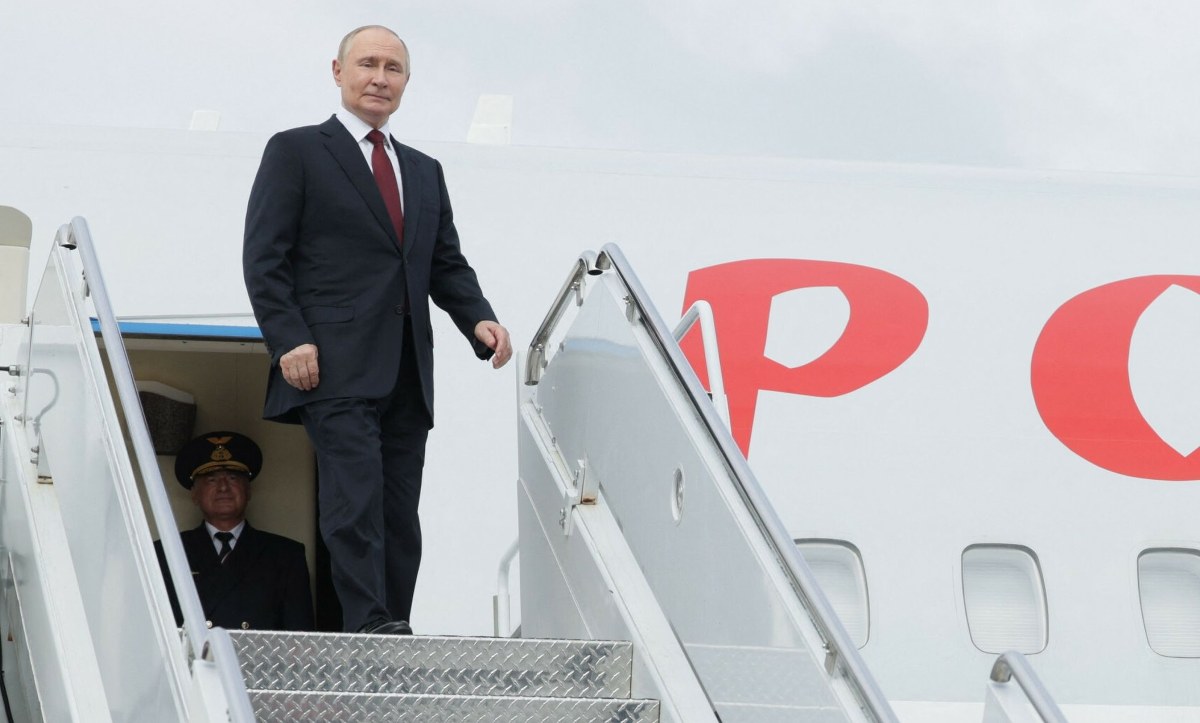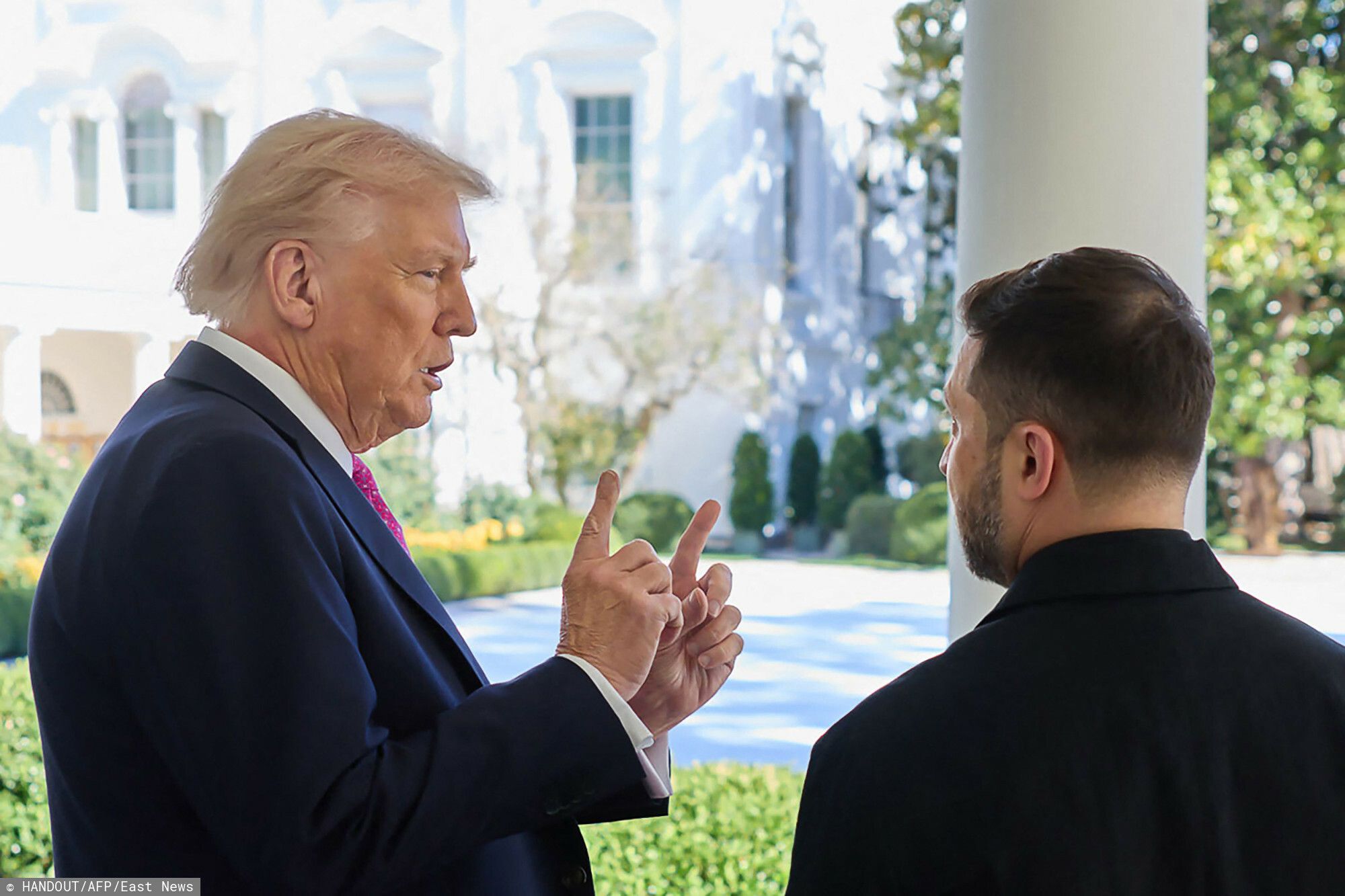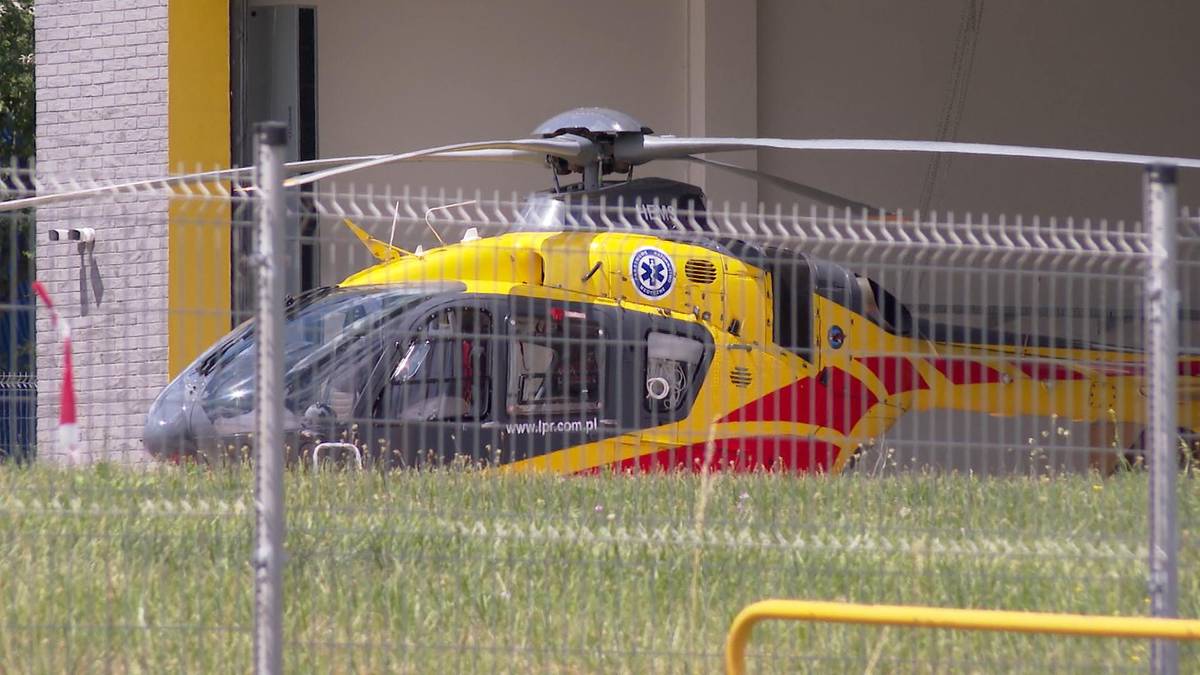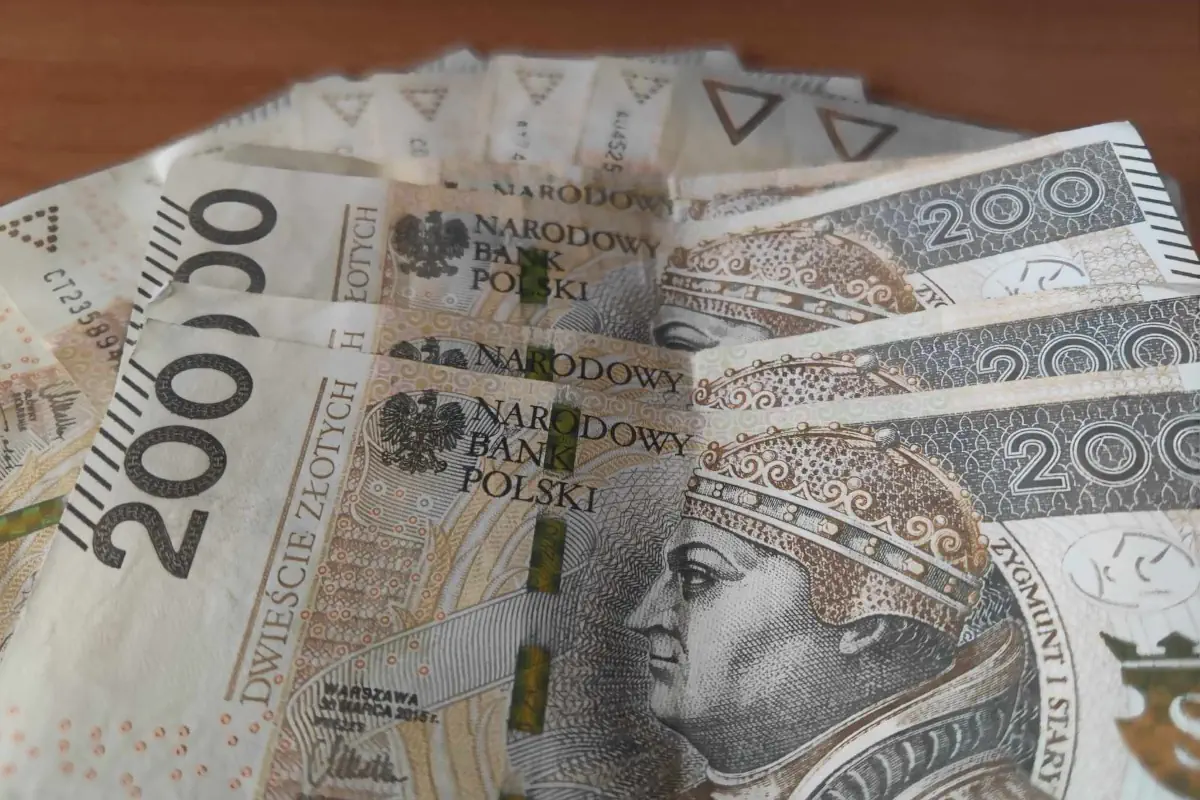TARGOWICA CONFEDERATION — NATIONAL SYMBOL
In Polish, the word “tender” is synonymous with the most severe betrayal of the nation and the state. The leaders of the Targovia Confederacy sought to divide the state into independent provinces and did not intend to submit to the laws established by Constitution 3 May.
On 27 April 1792, an act of establishing a trade union was signed.
In St. Petersburg, opponents of the improvement of the Four-Year Sejm, with Stanisław Potocki and Seweryn Rzewuski at the head, under the motto of defending the endangered freedom, bound a confederation against King Stanislaw August and Constitution on 3 May with Russian approval. For the supporters of the Constitution 3 May the trade union became a symbol of national betrayal. During the insurrection of Kościuszko many of its leaders were sentenced to death.
The establishment of the Confederacy was a derivative of the discontent of the Pro-Russian Magnate camp from the Reforms of the 4 Year Sejm, an expression of opposition to the political order which prevailed in the Republic of Poland after the Constitution was passed in 1791. According to the opponents of the Basic Act, it was a " monarchy plot", carried out as a consequence of the actions of the "illegal parliament". Its creators were suspected of Jacobin sympathy, which was equivalent to the charge of supporting revolutionary France.
After the constitution was passed, there was a common euphoria in the country, which besides gave itself to Stanisław August Poniatowski. The conclusion of an agreement with Prussia in March 1790 made it impossible for the royal court to admit that reforms to heal the state could be cancelled. The anticipation of intervention from the east was not taken seriously, even erstwhile Russia and Turkey ended their armed action and made peace in January 1792.
PREPARATION FOR THE TARGET
Already in November 1791, a group of magnates on emigration, centered around Stanisław Szczęsny Potocki and Seweryn Rzewuski, began preparations to establish a confederation against the Constitution. At the time, their actions did not receive much consequence from the Polish authorities.
However, on 1 March 1792, after the death of Poland's favoured Leopold II, Francis II ascended the imperial throne. The war on Russia was becoming more and more real. In addition, the Sejm of the Republic tried in vain to get dissatisfied with the reforms of migrants residing in Russia to curse allegiance to Constitution 3 May.
Three of them.
On 27 April 1792, thirteen magnates in St. Petersburg established a Crown Confederation. Under the act of confederacy, signatures were given, among others, by General of Crown Artillery Stanisław Szczęsny Potocki, the hetman of the large Crown Franciszek Ksawery Branicki, and the Field Hetman of Crown Seweryn Rzewuski.
The Marshal of the Confederacy was Stanisław Potocki, the power of the army was exercised by Branicki and Rzewuski. The secretary of the Confederacy was appointed poet and publicist, Dysma Bończe-Tomaszewskiski.
The Confederacy Act counted 40 pages of text edited by Russian general Vasily Popov. The Act argued that ‘due to the inept regulation of Stanisław Augustus called “disposal” – in Poland freedom and noble rights are not respected, as evidenced by the abolition of the veto liberalum and free election. "And that the Republic conquered and in their oppressive hands oppressed the power of the full one, having no power to carry himself out of captivity, there is nothing left but to flee with assurance to the large Catherine, who is simply a friendly and allied nation with specified fame and justice.“ – it was justified.
The leaders of the confederation agreed with Katarzyna II that after reaching Poland, they would announce her act in Targowice nad Siniucha in the south-eastern part of the Republic. The paper was due to be overran by May 14th.
WAR IN THE CONSTITUTION OF MAY 3
On May 18, 1792, 98 1000 Russian troops crossed the borders of the Republic of Poland. In terms of numbers, weapons, as well as conflict experience, the Polish army in defence of the Constitution on 3 May importantly gave way to the Russian army – it had about 65,000. The chief command of the army was held by Stanisław August, the Ukrainian front was led by Prince Józef Poniatowski, and the Lithuanian troops were led by Duke Ludwik Wirtemberski.
The situation of Poles was aggravated by the fact that command obtained contradictory information about enemy intentions. Polish MP in St. Petersburg Antoni Deboli wrote that Russian society was unfavorable to the war plans of the Tsarics, and Polish Confederates were greeted in Russia without enthusiasm. "No one's audience gave the name of traitors as well as their people, even in the market, the people talk about them and call them traitors" - He was reporting.
On the day the Russians crossed the borders of the Republic of Poland, Russian Ambassador Yakov Bulhakov handed the Polish authorities a memo announcing the intervention, which was referred to as "friendly, neighbouring assistance” to defend freedom and reconstruct legal power in Poland.
In view of the failure of Prussia to supply military assistance, the goal of the Polish troops was to hold the Russian army's march towards Warsaw as long as possible. Major battles took place in June under Mir and under the Greens (in remembrance of the victory, the King established the Order of Virtuti Militari). In July, Poles fought an inconclusive fight at Dubienka. Tadeusz Kościuszko was celebrated in the fights.
The King joins the Targ
Since 19 June, under the decision of the Law Guard, Stanisław August conducted negotiations on the cessation of armed actions with Russia through Bunkuhov, who – despite the war – did not leave the Polish capital. The king was determined to search a compromise with Catherine II, hoping that it would be achieved through the consequences of the Polish throne for her grandson Konstanty.
In a situation of military advantage of the Russians, pressed by the Tsar, Stanisław August considered further opposition pointless. On 23 July, he presented a Russian ultimatum at a conference of the Law defender convened at the Royal Castle. 7 people were in favour of his acceptance. Among them were the Crown Chancellors Hugo Kolłataj, who urged the king: "Today, dear Lord, there is simply a request for a trade union, not tomorrow; all minute is expensive, due to the fact that the blood of Poles is pouring it down." 5 participants, including the talker of the Sejm Stanisław Małachowski and Kazimierz Nestor Sapieha, voted to proceed the war.
Having obtained assurance that Russia would keep the territorial integrity of the Republic of Poland, hoping to save any of the improvement of the Four-Year Sejm, the king decided to end the military action by entering the Confederacy.
As a sign of protest by many Polish commanders, including Prince Józef Poniatowski and Tadeusz Kościuszko, resigned. The country was left by a large group of representatives of Polish elites, including Marshal of the Sejm Stanisław Małachowski and Marshal of the Grand Lithuanian Ignacy Potocki.
II
The epilogue of the Polish-Russian War of 1792 and the governments of Targowice was the second demolition of Poland, carried out in January 1793 by Russia and Prussia.
For the supporters of the Constitution 3 May the trade union became a symbol of national betrayal. During the insurrection of Kościuszkowski in 1794, many of its leaders, including the hetman of the large Lithuanian Simon Kossakowski, were sentenced to death and infamy and publically hanged on gallows. Those who were incapable to be captured, including Stanisław Potocki, Severyna Rzewuski and Franciszek Branicki, were executed “on image” (in effigie).
The utmost opinions are raised by the attitude of King Stanislaw August Poniatowski, who, on the 1 hand, is accused of being indecisive and overly submissive to Russia, and on the another hand the hopeless situation in which the monarch found himself after declaring confederation and the outbreak of war with Russia.
To this day, the word “tear” is synonymous with the intended action to harm the country.
Alexander Szumański http://aleksanderszumanski.pl/index.php?option=com_content&task=blogcategory&id=1&Itemid=2
Documents, sources, quotations:













![Poznajesz tego mężczyznę? Policja apeluje o pomoc w ustaleniu jego tożsamości [FOTO]](https://swidnica24.pl/wp-content/uploads/2025/10/433-318824.jpg)